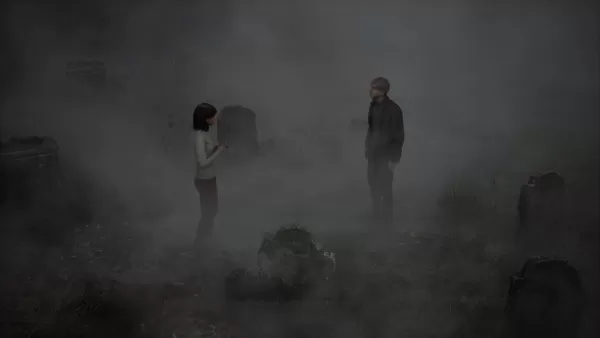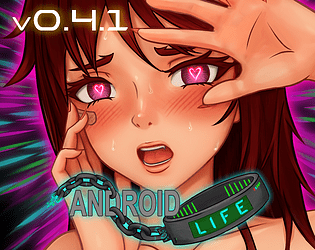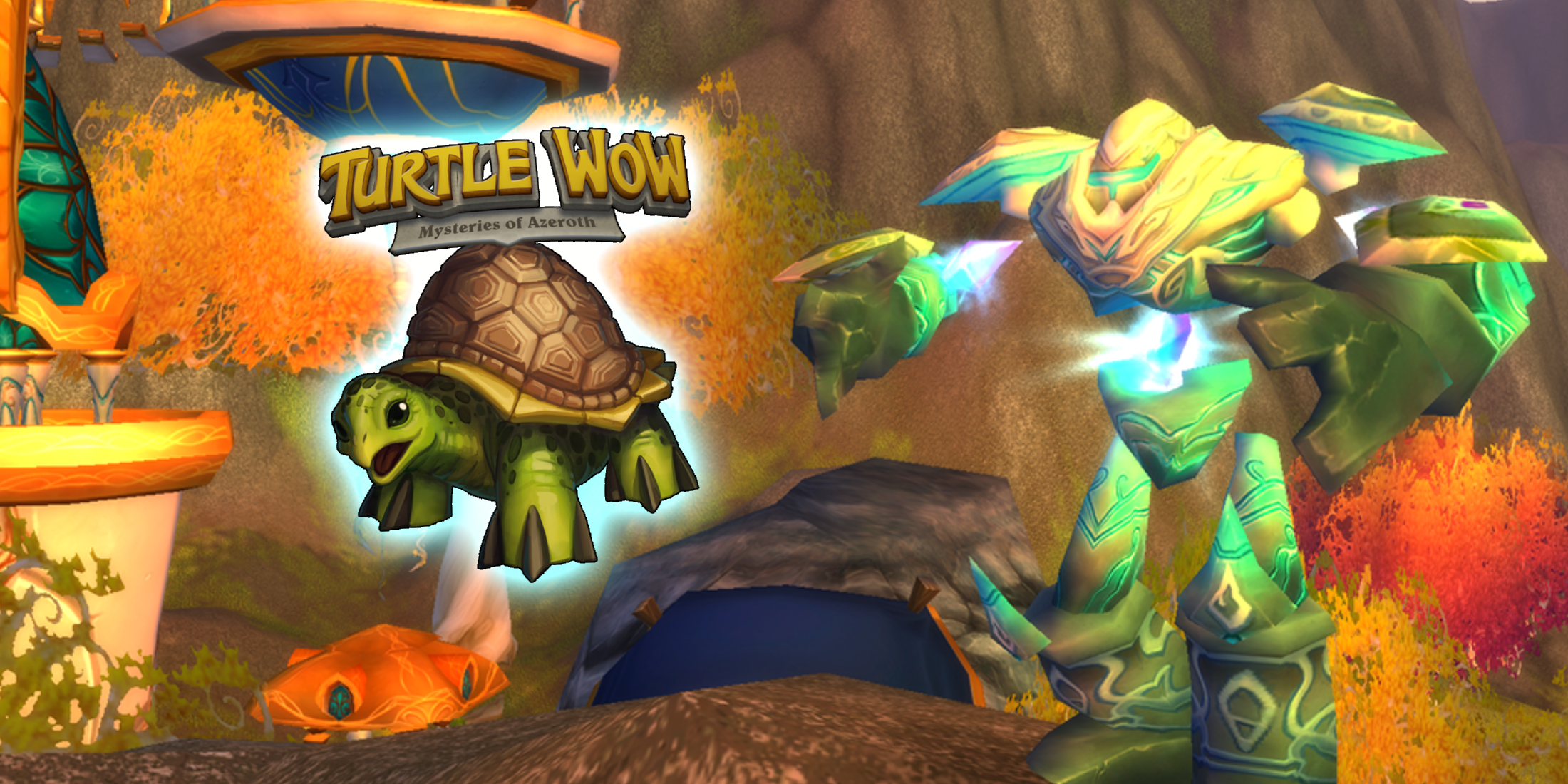Must-Read Comics Before Spider-Man 2 PC Launch
Despite the controversy surrounding Amazing Spider-Man, Friendly Neighborhood comics aren't necessarily at their lowest point. Below you'll find several Spider-Man novelizations worth recommending – ranging from horror and psychological drama to buddy adventures and children's stories, covering both endings and fresh beginnings for our web-slinging hero.
The collection explores three distinct narrative threads: Web of Past, Web of Dreams, and Web of Absurd. Let's examine them sequentially. Which version aligns best with Insomniac's game adaptation?
Table of Contents
- Spine-Tingling Spider-Man
- Spider-Man: Shadow of the Green Goblin
- Spider-Man: Reign 2
Spine-Tingling Spider-Man

Writer: Saladin Ahmed
Artist: Juan Ferreira
Originally published digitally in 2023 with a print release and sequel completing in 2024, this psychedelic exploration of Spider-Man's psyche deserves attention. Ferreira's visual storytelling shines through expressive artwork that often conveys narrative without dialogue. Ahmed's script effectively captures Peter Parker's anxiety while complementing the surreal art style.
The storyline follows Spider-Man combating Zero-One-Shot, an antagonist who steals dreams through song. Peter battles sleep deprivation amidst disturbing visions, creating what feels like a Junji Ito-inspired horror tale told across Ferreira's striking 100-page visual journey.
The limited series escalates the nightmare sequences, resembling psychological thrillers like "Beau Is Afraid" with manifestations of Peter's deepest fears – from social rejection to persecution by bizarre authority figures.
Ferreira employs classic manga techniques: meticulously detailed grotesque creatures contrast with simplified protagonist designs to maximize reader identification and horror impact.
Spider-Man: Shadow of the Green Goblin
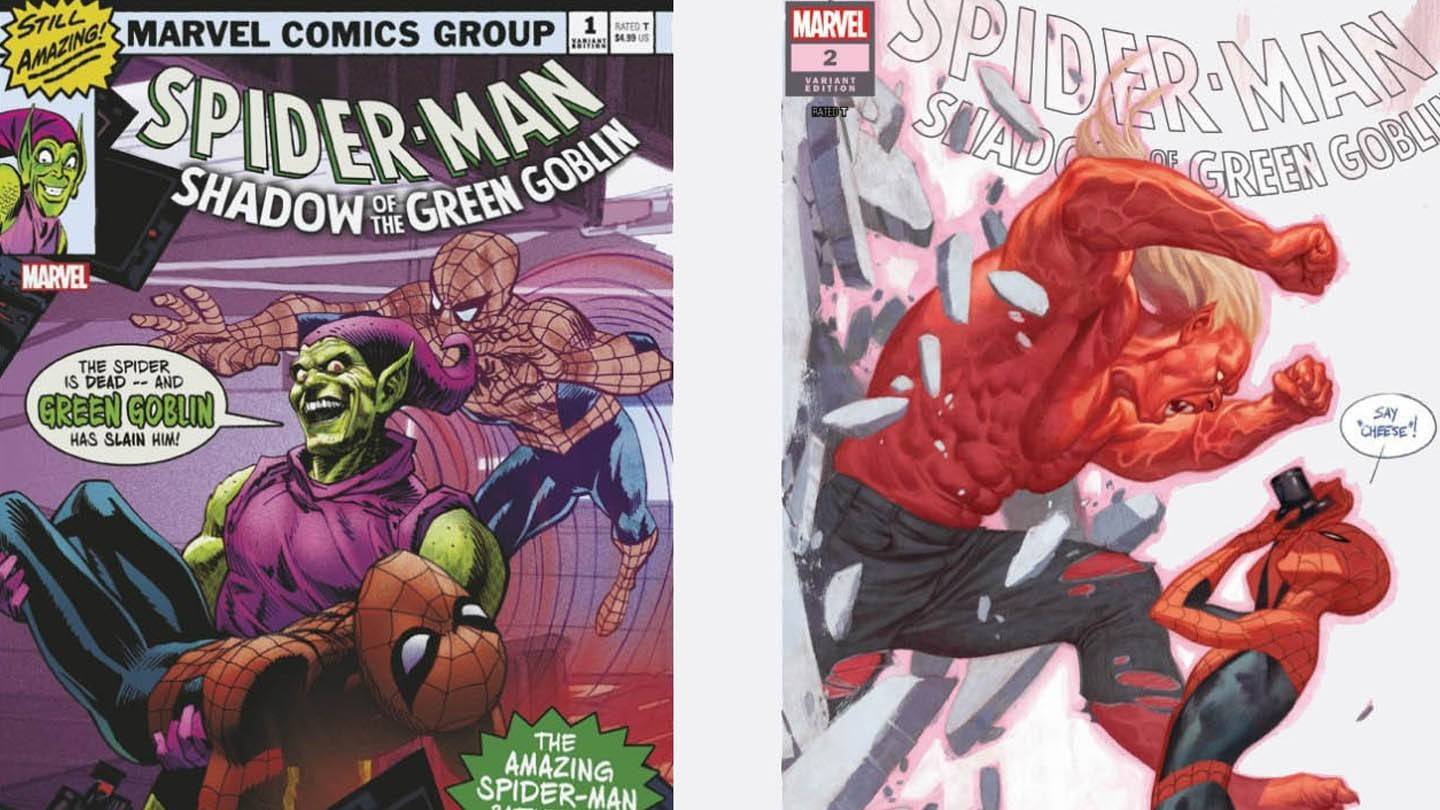
Writer: J.M. DeMatteis
Artist: Michael Sta. Maria
This prequel reveals surprising origins before Norman Osborn became Green Goblin. The story explores young Peter Parker's early struggles with power and responsibility while uncovering Proto-Goblin secrets connecting to the Osborn legacy.
Part of Marvel's nostalgic flashback initiative, this stands out among retrospective stories through DeMatteis' psychological depth. His approach resembles Dostoevsky writing Spider-Man – focusing on Harry Osborn's traumatic relationship with his mentally unstable father.
The narrative delves into Norman Osborn's psychological deterioration preceding his supervillain transformation. Supporting characters receive nuanced development as they become entangled in the unfolding tragedy.
Spider-Man: Reign 2
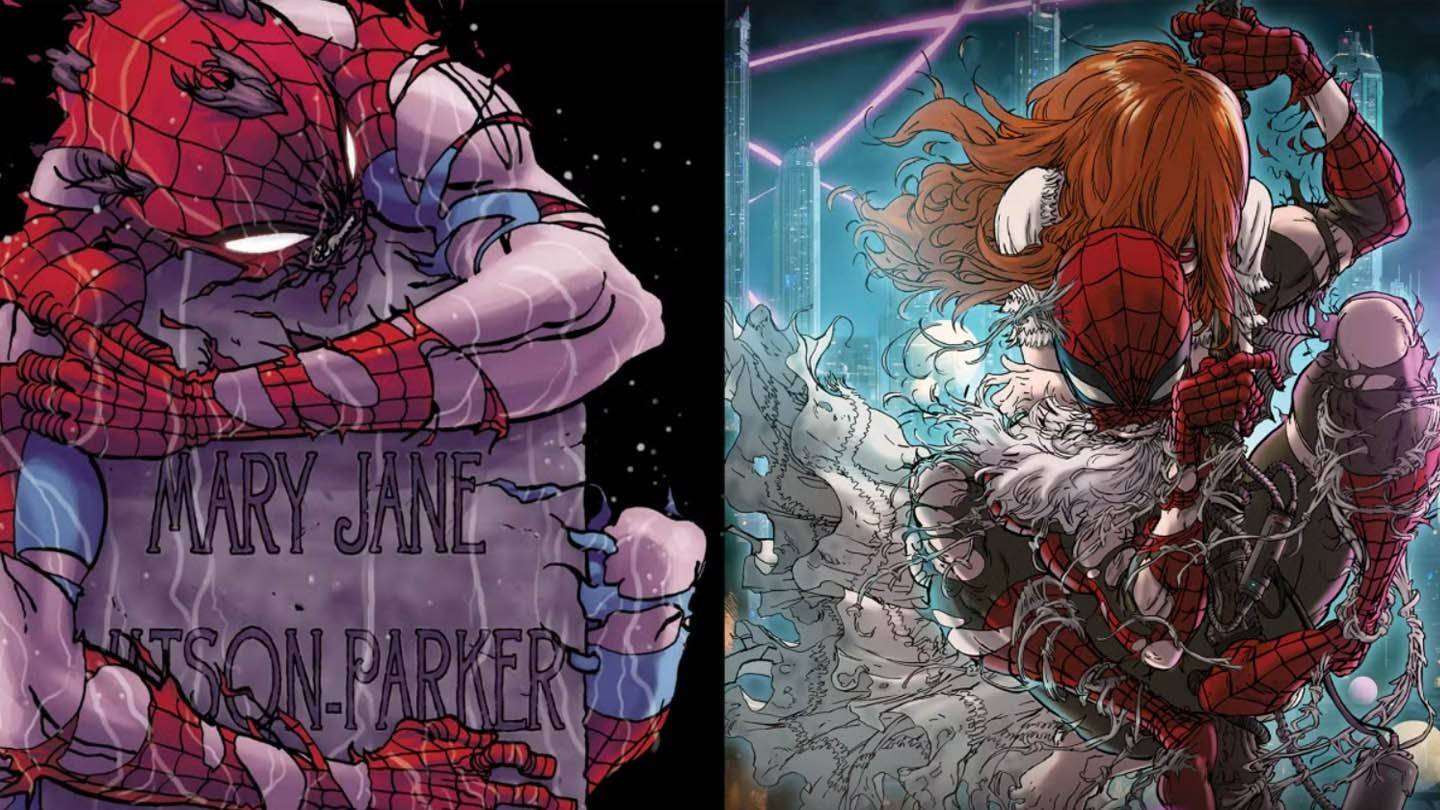
Writer/Artist: Kaare Andrews
In this dystopian sequel/remake, Wilson Fisk rules a dome-encased New York City. Elderly Peter Parker exists in a digital afterlife with deceased wife Mary Jane until feline thief Kitty Cat disrupts his artificial paradise, leading to a time-traveling redemption quest.
Andrews crafts an ultra-violent, surreal world featuring cybernetic Kingpin, grotesque symbiote mutations, and brutal combat sequences. The story serves as a darker parallel to Ultimate Spider-Man, imagining Peter overwhelmed by superhero responsibilities.
The narrative combines outrageous elements (time travel, radioactive sperm consequences) with poignant moments exploring grief and closure. Andrews' signature violent aesthetic creates Marvel's most physically punishing Spider-Man story.
-
Cineverse, which secured U.S. distribution rights for the upcoming Silent Hill film, confirms Return to Silent Hill will closely follow the original Silent Hill 2 narrative."Silent Hill stands among gaming's finest franchises, and Christophe Gans hasAuthor : Alexis Dec 20,2025
-
Halfbrick Studios has launched a new title for Android. The developer is famous for hits like Fruit Ninja, Dan the Man, Jetpack Joyride, and Battle Racing Stars. This latest release, Halfbrick Sports: Football, is a fast-paced 3v3 arcade soccer experAuthor : Zoey Dec 19,2025
-
 Offline Mini Games All in OneDownload
Offline Mini Games All in OneDownload -
 Solitario PiramideDownload
Solitario PiramideDownload -
 Magic Blocks: Puzzle DropdomDownload
Magic Blocks: Puzzle DropdomDownload -
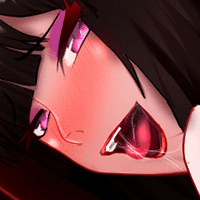 Hitomi's Sick PleasureDownload
Hitomi's Sick PleasureDownload -
 Barber Shop - Simulator GamesDownload
Barber Shop - Simulator GamesDownload -
 Move-it! Charades (Mexa-se!)Download
Move-it! Charades (Mexa-se!)Download -
 Skibidy Toilet Music Tiles HopDownload
Skibidy Toilet Music Tiles HopDownload -
 AstreonDownload
AstreonDownload -
 Classic Solitaire Collection - Best Card GamesDownload
Classic Solitaire Collection - Best Card GamesDownload -
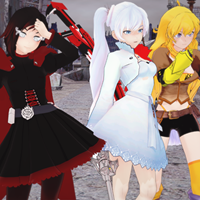 RWBY Rise Of The White FangDownload
RWBY Rise Of The White FangDownload
- Wuthering Waves: Uncover the Secrets of Whisperwind Haven's Palette
- Mastering Two-Handed Weapons in Elden Ring: A Guide
- Roblox Simulator Codes: Unlock Exclusive Rewards!
- Top 25 Palworld Mods to Enhance Your Game
- Ultimate Guide to Shinigami Progression in Hollow Era
- Karl Urban Debuts as Johnny Cage in Mortal Kombat 2

